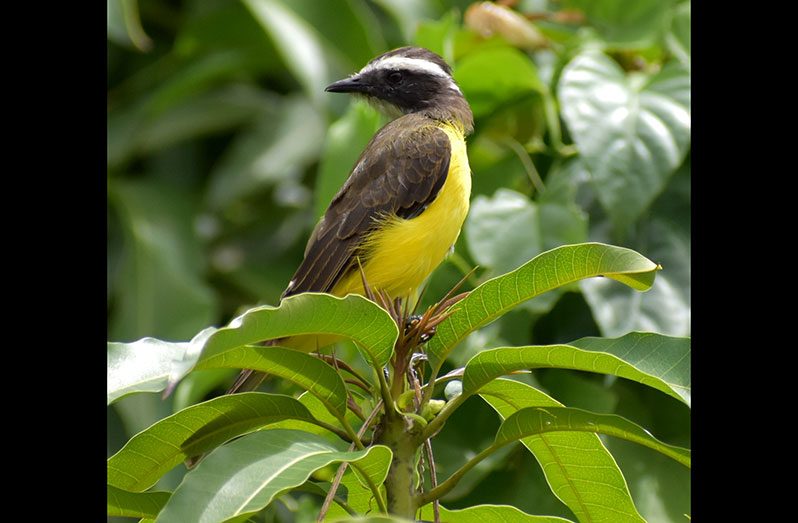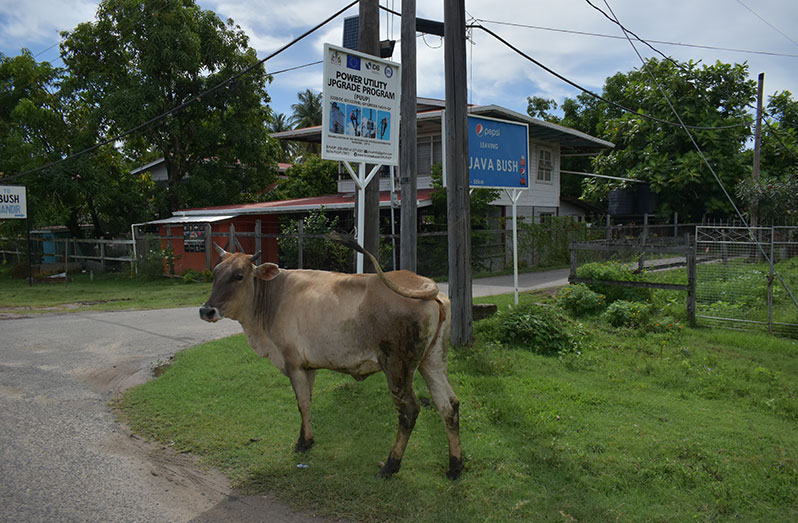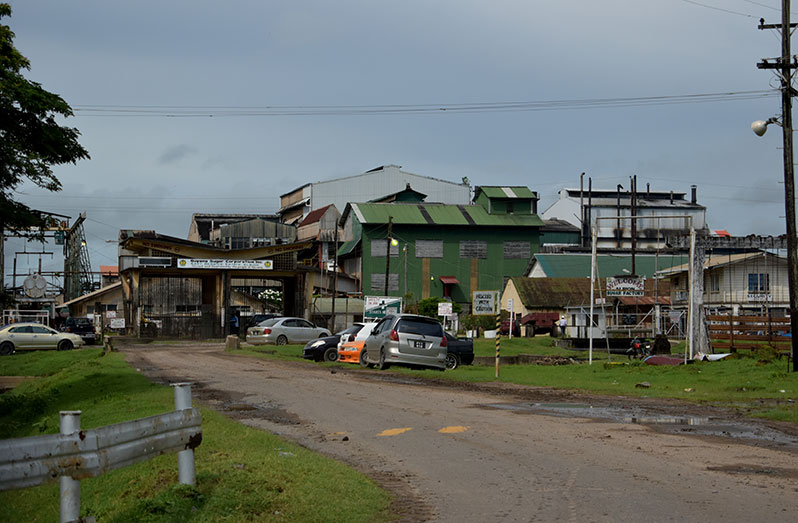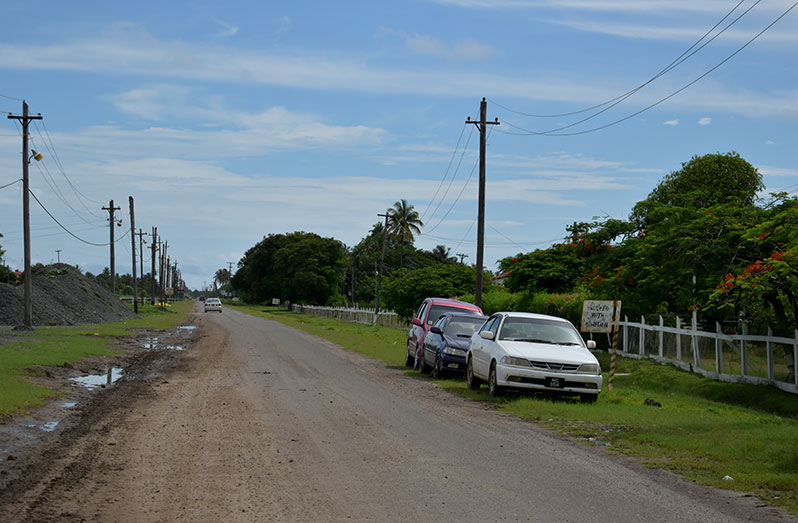An ideal place for a quiet, fulfilling countryside life
THE Pepperpot Magazine visited the small countryside village of Guava Bush, Berbice, Region Six (East Berbice-Corentyne), to highlight the way of life of the locals.
This community has one main access street and several smaller internal streets leading to houses that are tucked away in the village.
Guava Bush is one of those villages that started during the indentured slavery days, in the 1960s, after freed slaves began occupying the land.
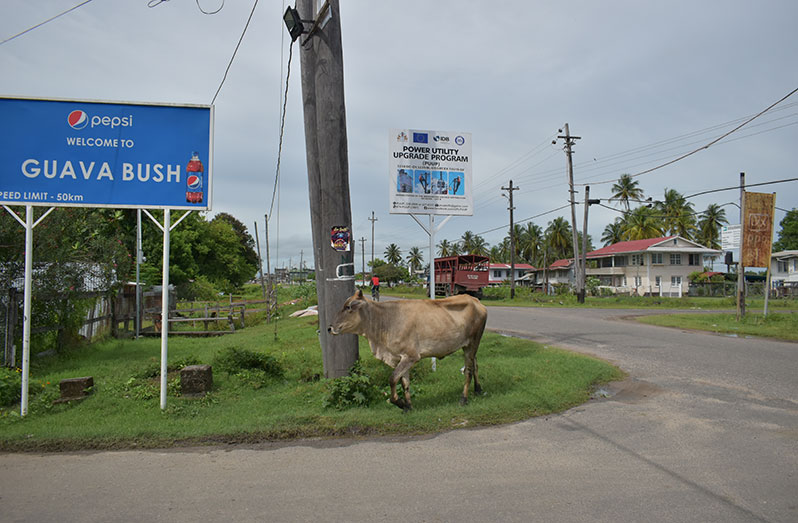
They built colonial-style wooden houses that were of high quality and the designs like no other. Most of those houses are still standing and well-preserved.
Some of the houses were built in the 1960s and are still being occupied, while others are in need of repairs.
According to locals, the village reportedly got its name from the early settlers who came up with the name because of the large number of guava trees that littered the village.
Guava Bush has a population of about 250 residents of Indo-Guyanese descent and almost one-third of them are employed at the nearby Albion/Port Mourant Sugar Estate.
This village depends heavily on the sugar industry, and the estate, which is within walking distance, is one of the surviving estates on that corridor.
Guava Bush is accessible via the Albion/Port Mourant Sugar Estate Road and is bordered by Topoo and Sand Reef villages.
In this community, there is a mandir, the estate’s sports club and ground a bit down the road and about 100 house lots.

It is a residential area and a very traditional village of regular hard-working people who either work at the estate or are self-employed as livestock, cattle and poultry farmers.
There are a few shops within the village and it is a close-knit village where the people are like a large extended family and they have each other’s interest at heart.
The locals are very hospitable and friendly, where visitors are greeted with a cold drink and a snack and welcomed into tidy homes and yard spaces.
The village is agricultural-based and there is an abundance of trees, fruits and vegetables.
The main street in the village is the pathway where goats, sheep, cows, fowls, and ducks share with humans and it is a well-traversed place.
Guava Bush is prone to flooding and residents expressed the need to upgrade the drainage network.
The village has a potable water supply, electricity, landline phones and internet services.

Most of the locals have lived their entire lives there, and, for them, Guava Bush is the only place where they feel safe and comfortable.
Some of the elders have passed away and some newcomers are residing in the village but a lot of people migrated, leaving their houses to the elements.
Guava Bush is a very safe village, where things do not happen in a rush and it is tranquil.






